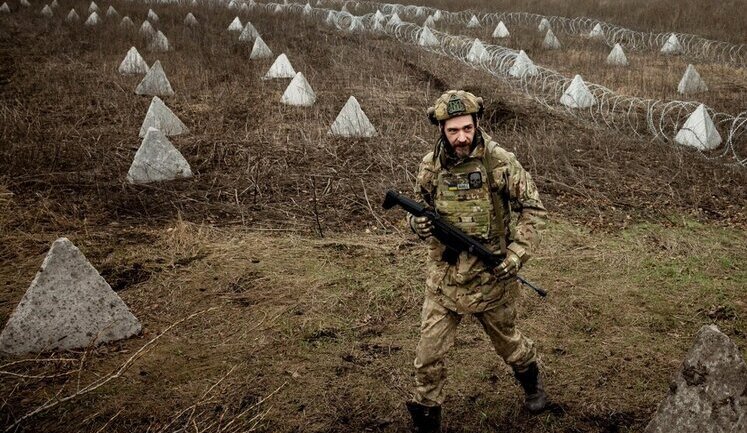The escalating conflict in Ukraine has intensified the need for secure shelters across various regions. In recent operations, Ukrainian assault forces, including the 5th Separate Assault Brigade and the Hart brigade, have effectively targeted and neutralized enemy shelters, marking significant advancements in the frontline defenses. These forces utilize precision strikes and innovative technologies, like drones, to dismantle the entrenched positions of Russian occupiers. In response to the growing threats, Ukraine has embarked on a collaborative venture with Finland, aiming to allocate €14 billion for shelter development. Points of invincibility and bomb shelters are crucial in safeguarding civilians and troops alike. This comprehensive approach ensures that both the immediate and long-term needs for protective structures are met amidst ongoing adversities.
What measures is Ukraine taking to enhance shelter safety?
Ukraine has embarked on launching the Shelter Coalition with Finland to allocate significant financial resources towards developing and upgrading shelters. This includes bolstering security through technological advancements and infrastructure improvements, which are pivotal in ensuring civilian protection and military strategic reinforcement amidst ongoing conflicts.
How are Ukrainian forces using technology in their operations?
Ukrainian forces have been effectively using advanced technologies, such as drones and robotic systems, in their military operations. These technologies assist in precision targeting and destruction of enemy positions, such as camouflaged hideouts and shelter structures, enhancing operational efficiency and minimizing casualties.
What are the recent developments within the Vovchansk sector?
In the Vovchansk sector, Ukrainian border guards have conducted successful operations targeting Russian positions. These operations have significantly disrupted the enemy's logistic routes, destroyed transport capability, and compromised their defensive shelters, bolstering Ukraine's strategic upper hand in the region.
How is Germany responding to increased threats in Europe?
Germany is responding to heightened security threats by planning to expand its network of bomb shelters. This move is a precautionary measure against potential conflicts, including tensions with Russia. The plan involves enhancing existing facilities from the Cold War era, ensuring they meet current safety standards and capacity needs.
What assistance is provided to educational institutions in Kyiv regarding shelters?
The Kyiv City State Administration has allocated an additional UAH 1.5 billion for constructing dual-purpose structures, including radiation-proof shelters in schools. This investment aims to ensure the safety and security of students and staff, reinforcing educational infrastructure amidst ongoing hostilities.
What is the role of citizens during air raid alerts in Ukraine?
During air raid alerts, Ukrainian citizens are instructed to seek shelter in designated protective facilities. Accessibility and compliance with safety standards in these shelters are critical. Local authorities have the mandate to ensure shelters are operational and accessible, avoiding tragic incidents during emergencies.
What collaborative efforts are being made to improve shelter infrastructure?
Ukraine and Finland have jointly initiated the Shelter Coalition, aiming to commit resources towards developing improved shelter infrastructure. This collaboration focuses on securing funding, pooling expertise, and implementing sustainable solutions, crucial in addressing immediate and future shelter needs of Ukraine.
How are bomb shelters being maintained in Ukrainian cities?
Maintenance of bomb shelters across Ukrainian cities involves regular inspections and upgrades to meet current safety standards. This is a collaborative effort between local authorities and governmental bodies to ensure shelters are functional, accessible, and equipped to provide adequate protection during hostile incidents.
What are the responsibilities of local authorities in shelter management?
Local authorities in Ukraine are responsible for managing and maintaining shelters. This involves ensuring these facilities are operational, accessible 24/7, and meet safety requirements. Their role is crucial in providing timely shelter access during emergencies, safeguarding civilian lives effectively.
What challenges are faced in maintaining shelter facilities?
Maintaining shelter facilities in Ukraine poses challenges such as ensuring continuous accessibility, upgrading infrastructural standards, and allocating adequate financial and material resources. These challenges necessitate coordinated efforts from governmental bodies, international partners, and local communities to overcome and address safety concerns efficiently.



































